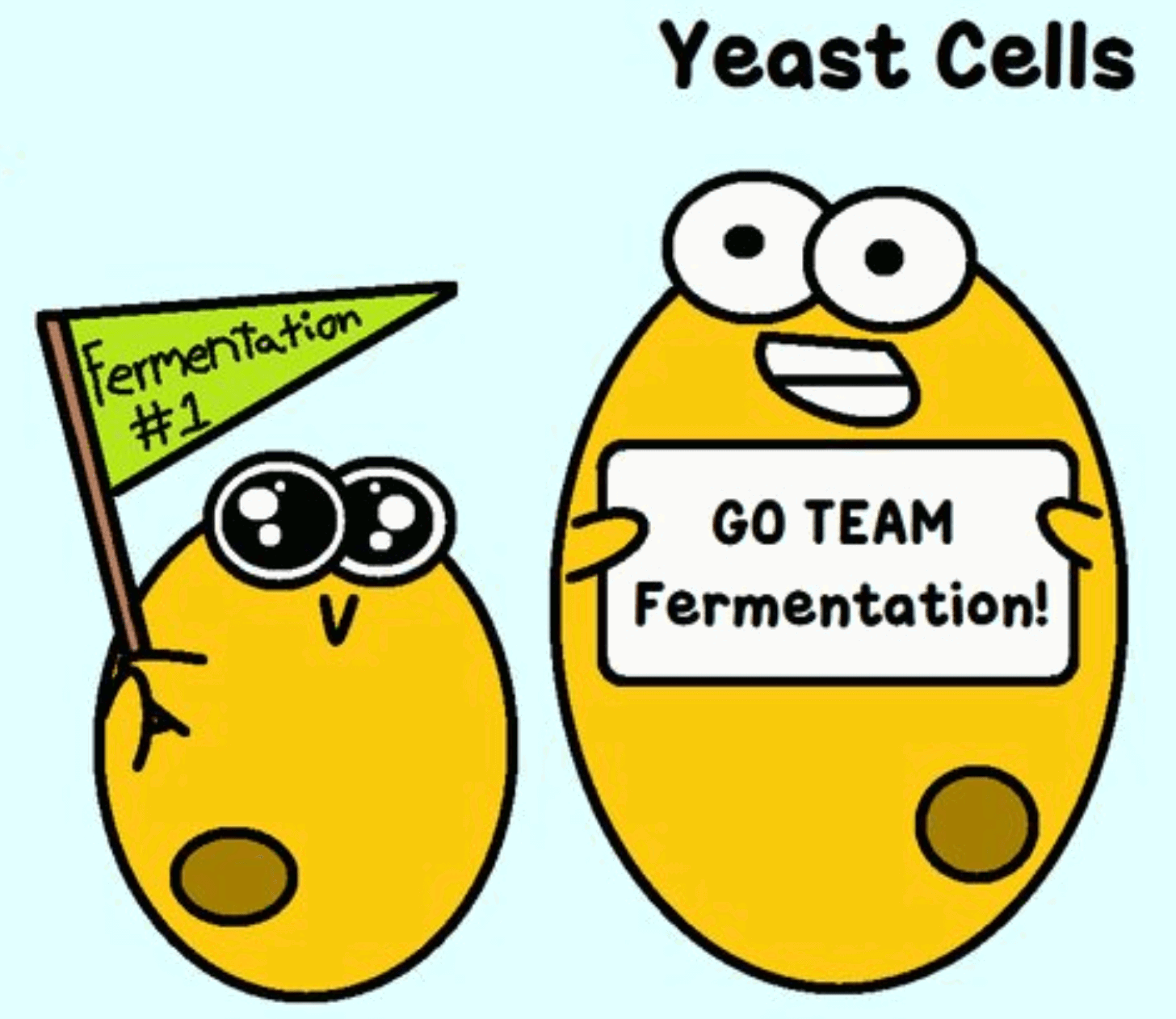Fermentation, or how to blow up a balloon with yeast!

image bt Ingenza Ltd
If you have ever baked bread, you probably have encountered yeast and used it to make the dough rise. But how does it work? The yeast you can buy in a shop is called Saccharomyces cerevisiae, or just baker’s yeast. Yeasts break down sugars and produce alcohol, which is used in alcoholic beverages, and carbon dioxide, which is a gas that makes bread dough rise.
You can see the fermentation process in a very easy way at home, by mixing some active dry yeast, sugar and warm water in an empty bottle and fit a balloon over the bottle top. Watch the balloon blow up magically!
Here is how you can do it:
Materials
- Packet of yeast
- Sugar
- Empty Water Bottle
- Funnel
- Balloon
Use the funnel to put a couple of spoonfuls of sugar in an empty water bottle.
Fill half of the bottle with warm water.
Add a package of yeast. Yeast is activated when it gets wet. So, put the top on and shake the bottle. Open the bottle again and place the ballon over the bottle opening.
Finally you wait for the magic to happen. It will take more than an hour to get the balloon really good and inflated.
But how does this work? Yeast is a microscopic fungus. As the yeast eats the sugar, it releases a gas called carbon dioxide. The gas fills the bottle and then fills the balloon as more gas is created.
Tips for the experiment and food for thought:
- Try to use clear bottles, so you can see the liquid bubbling!
- Try repeating the experiment with cold water. Or, putting the bottles in a warm place like a sunny window sill. Does the temperature influence the activity of the yeast?
- Try adding different amounts of sugar (or no sugar!) to the mixture. Which bottles grow the balloon most?
- Can yeast use other sugars than sucrose (which is the sugar in household sugar)? How about using some fruit juice (with a lot of fructose) or milk (with lactose)?
- When the balloons are all blown up, don’t forget to take a whiff before throwing it away! What does the smell remind you of? How do different bottles differ in their smell?
If you want to see a video with the experiment click here.
The same process happens when we are making bread. Check this video to find out more.
By Daniel Sachs